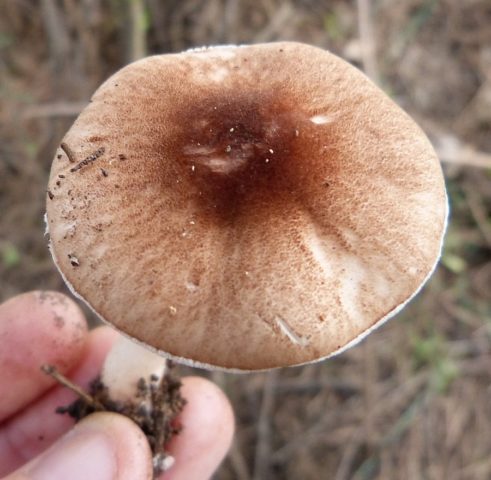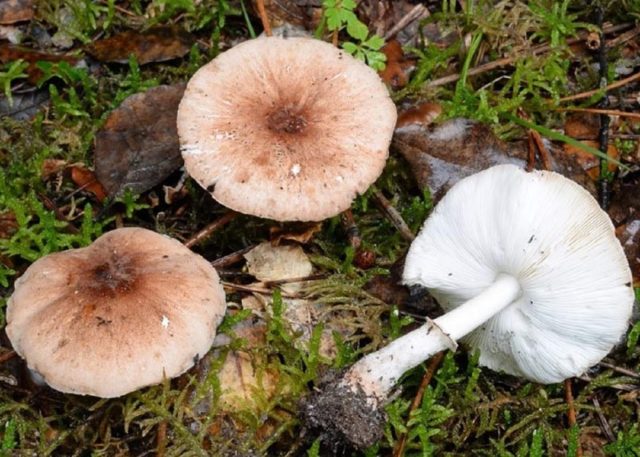Content
Belonavoznik Pilata is one of the representatives of the large Champignon family. In Latin it sounds like Leucoagaricus pilatianus. Belongs to the category of humic saprotrophs. In some sources it is called Pilate's Belochampignon. Although there are differences between the genera Belonavozniki and Belochampignons. They relate to the nature of the surfaces of the caps and the external parameters of the fruit bodies.
Where Pilate's Belonavoznik grows
Finding a mushroom is quite problematic. It belongs to rare species. Grows in parks, gardens or oak groves. Prefers artificial horse chestnut trees. Oak is the beloved tree of the whitehead. The species does not occur as solitary specimens; it grows in small groups. On the territory of the Russian Federation, it is found in the Crimea, Rostov region. Although cosmopolitan, the mushroom is not easy to find. Fruiting from August to October and only in years with high rainfall.

Under favorable climatic conditions, even rare mushrooms give a good harvest.
What Pilate's Belonavoznik looks like
To compose a complete portrait of the fruiting body, it is enough to describe its main parts:
- The cap changes its shape during the growth of the fungus. At first it resembles a ball, then it becomes convex-outstretched or convex. In the middle there is a round tubercle, which differs from the rest of the surface in a darker color. The diameter of the cap varies from 3.5 cm to 9 cm. The color is light brown with a red tint, the middle is slightly darker than the ends. The surface is covered with radial fibers, velvety-felt in structure. The edges of the cap are thin. In a young white champignon, they are bent, sometimes the remains of the bedspread are visible on them. The pulp is light, pinkish-brown in places of kinks. Has a faint or almost no smell of cedar wood. The flavoring parameters are unknown.
- The plates are thin, creamy; when pressed, they turn brown-red.
- The leg is attached strictly to the center of the cap. Expands towards the base, ends with a small tuber. The thickness is 0.4-1.8 cm, the length is 4-12 cm. In young specimens, it is homogeneous, then, as the fungus grows, it becomes hollow. The color varies along the length, the shades are separated by a ring. Above the ring, the leg is white, below the ring it is reddish brown. The ring also has identical colors - the upper part is white, the lower part is reddish-brown.
Having studied the main features of the species, you can not be afraid to confuse it with others.
Is it Possible to Eat Pilate's Belon
This kind of white champignons is quite rare. Its toxicity is poorly understood, detailed information on the effect on the human body is not available. Because of this, the mushroom is not recommended for consumption. In scientific sources, it is classified as inedible. At the same time, it should be borne in mind that not only can not be eaten, but it is better not to come into contact with fruiting bodies at all. If such a specimen meets on the way of a mushroom picker, you need to bypass it. Also, do not pick it up.This requirement can be explained by the external similarity of the species with other white mushrooms, among which there are edible ones. In order not to be mistaken, you need to carefully study the description and not pick up unfamiliar mushrooms.

The characteristic color of the fruit body helps not to confuse it with edible species
Conclusion
Pilate's Belonavoznik is a rare mushroom and not recommended for harvesting. Knowledge of its main external parameters will help to avoid fruit bodies falling into the basket of those who like "quiet hunting".










